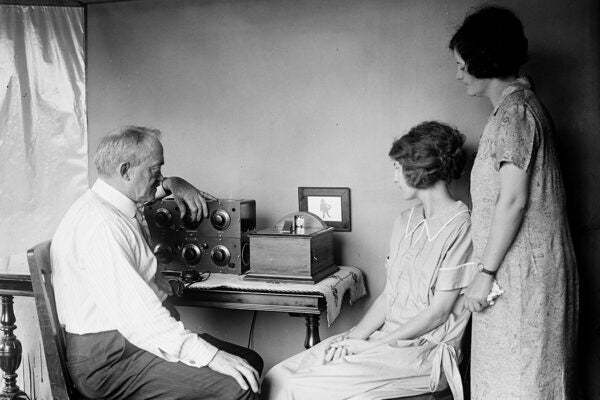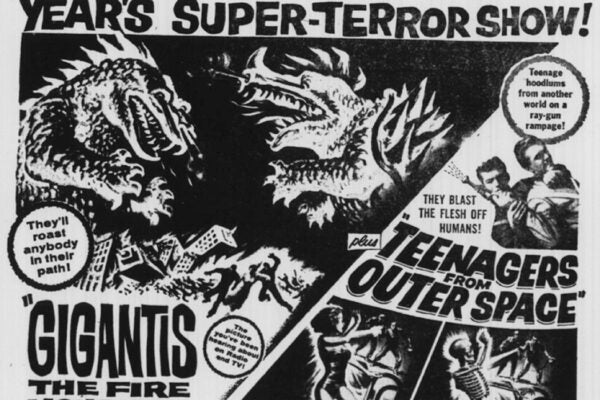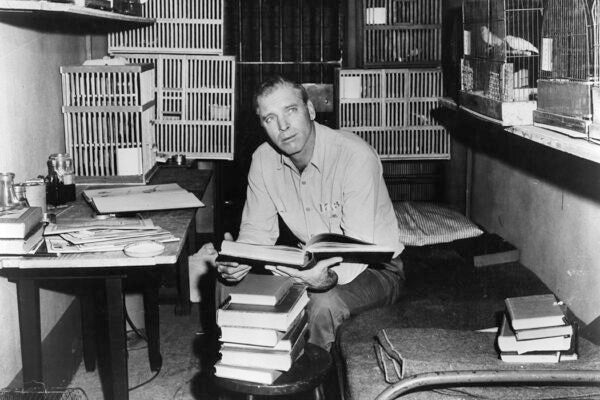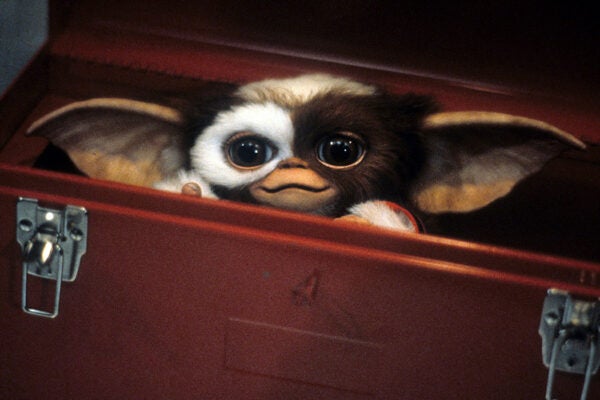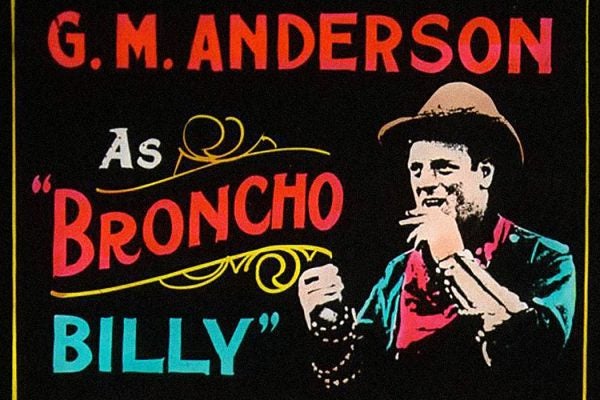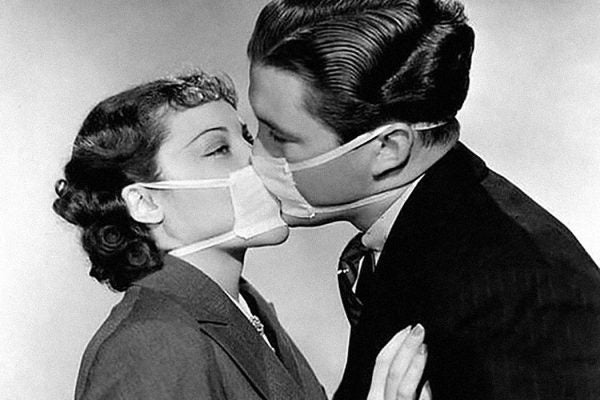Phantoscopes, Radiovision, and the Dawn of TV
After creating a projector called the Phantoscope in 1895, C. Francis Jenkins successfully tackled the problem of transmitting motion pictures through radio.
The Decades of Double Features
For years, the double feature was a dependable part of the movie-goer’s life. Where did it come from, and where did it go?
The Enduring Drive-In Theater
Even as televisions spread across the American landscape, the drive-in movie theater grew in popularity in the years following World War II.
Freeing Birdman of Alcatraz
Neither the Bureau of Prisons nor the Production Code Administration could stop the production of a movie about murderer and ornithologist Robert Stroud.
PG-13: Some Material May Be Inappropriate
The creation of the PG-13 rating in 1984 can be traced to a few key films: Poltergeist, Indiana Jones and the Temple of Doom, and Gremlins.
The Sonic Triumph of American Graffiti
In 1973, George Lucas joined forces with sound designer Walter Murch to celebrate a bygone era. They ended up revolutionizing the role music plays in film.
Mae West and Camp
A camp diva, a queer icon, and a model of feminism—the memorable Mae West left behind a complicated legacy, on and off the stage.
Whatever Happened To The Male Movie Fan?
In the early days of the film industry, the fanzone was full of men and boys. Then the studios chased them all away.
The 1918 Flu Pandemic’s Impact on Movie Theaters
With WWI coming to end, 1918 should have been a good year for the movies. Then along came influenza.
How Show Business Went Union
Since the nineteenth century, the IATSE union has organized behind-the-scenes workers, first in theater, then in the movies.
